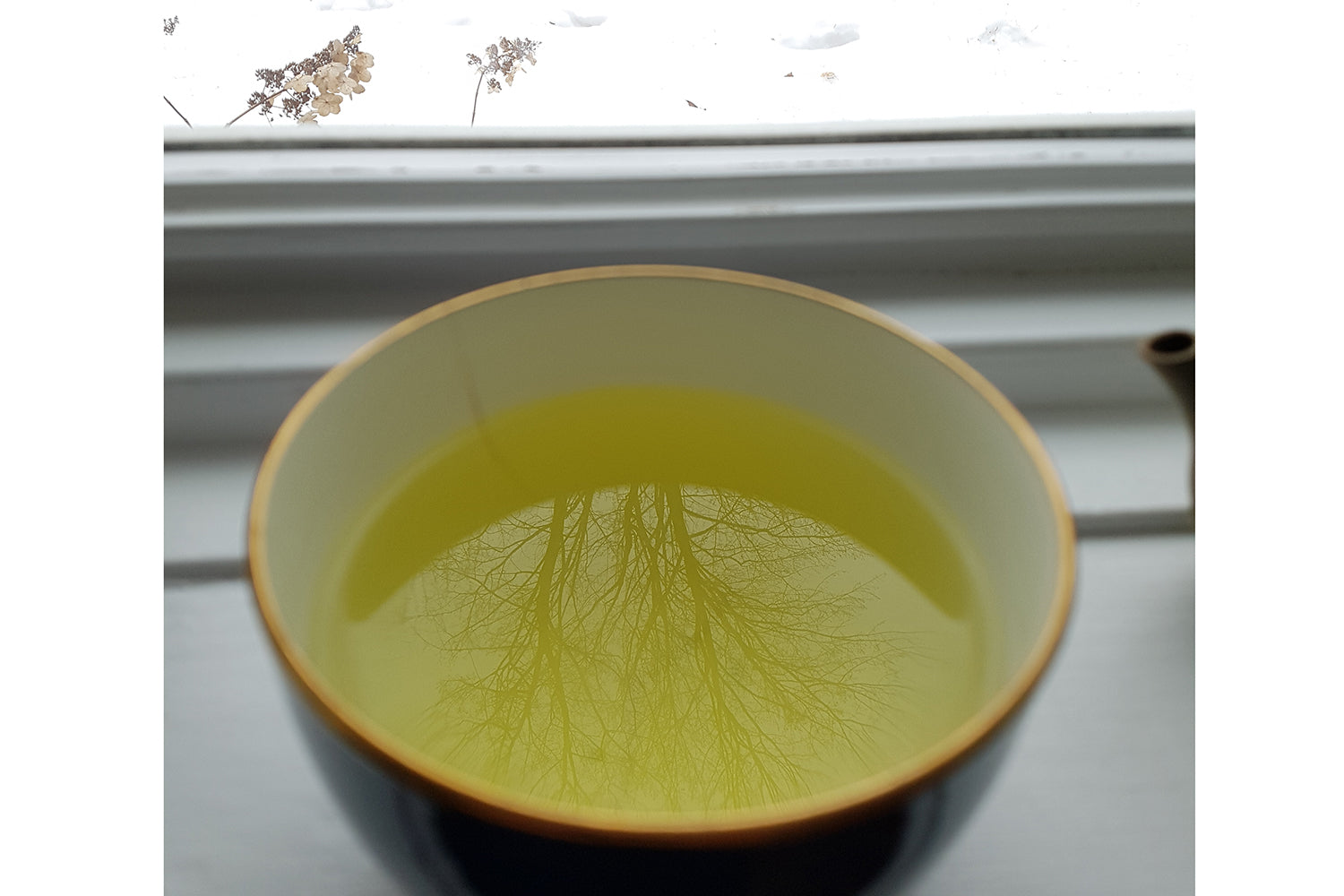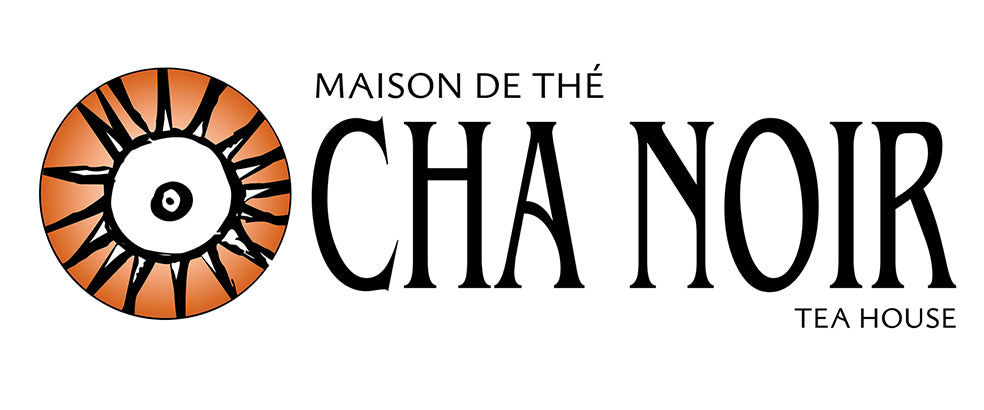
The japanese wabi sabi is a lot more than an expression, it is rather a concept. Wabi sabi is a practice of appreciating what is imperfect and to seize its inherent beauty.
Associated to the zen culture, the cha no yu (complex and fascinating tea ceremony) is not the unique or ultimate approach to the Japanese tea tasting. As soon as the middle of the 14th century, there is a development of the art of living in simplicity, a notion of refinement in impurities: sober teacups and bowls, irregular edges, objects dedicated to popular everyday use.
Wabi : simplicity, fullness, melancholy
Sabi : the usage of objects through time, taste for things with a history
In a world thriving for high performance and for those who desire the crème de la crème, this idea can represent a whole other daily challenge! We are inviting you to integrate this way of thought in your future tastings. This direction can get you to perhaps discover teas that you would never have gone for at first.
Bancha beautifully represents this concept and puts us directly in Japanese culture, where Bancha is consumed without moderation all throughout the day. It is a green tea without pretention, with a beautiful bitterness and with a well-balanced vegetal character.
The fact is that luxurious teas like a Gyokuro is not always suitable for just any occasion. Because to keep loving our Sencha Uchiyama, it’s good to vary our tea choices occasionally. Because every cup of tea comes with its dose of comfort.
Not only do we accept imperfection, but we also embrace the little things, our mismatching cutlery, our slightly chipped cup, our over infused tea, our diner that’s way too heavy or not assorted at all. Not everything can be perfect! Life’s not always pretty, wabi sabi!
References : https://www.britannica.com/place/Japan/Early-modern-Japan-1550-1850

Want to be part of our team?
Apply now!
The position has been filled. Thank you!

